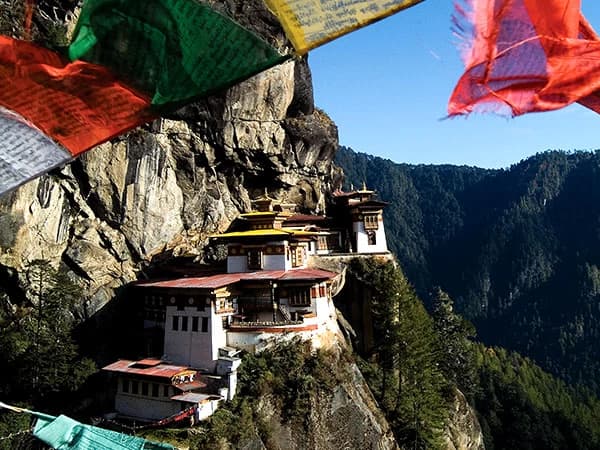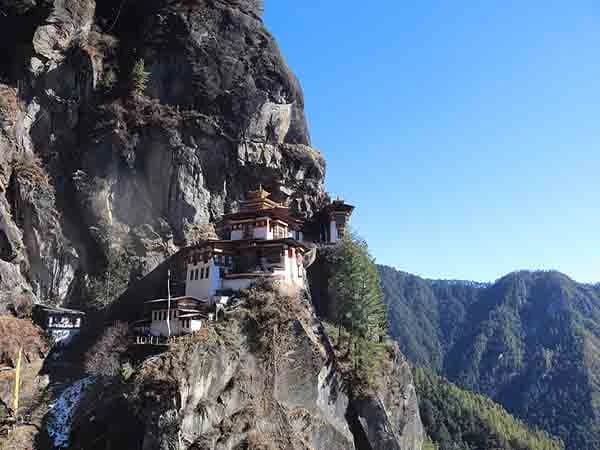The Jhomolhari Trek is a popular trek in Bhutan that takes trekkers through the stunning landscapes of the Bhutanese Himalayas. The trek is considered as a moderately challenging trek and starts from Paro and ends in Thimphu. It is an 8-day trek that covers an approximate distance of 70 km.
The trek passes through dense forests, remote villages, high-altitude lakes, and mountain passes, offering trekkers a unique glimpse into the life of the Bhutanese people and their rich culture. The highlight of the trek is the spectacular view of Mount Jhomolhari (7314m), a stunning snow-capped peak that dominates the skyline.
Along the way, trekkers will also get the chance to see several other notable peaks, including Jichu Drake, Tsherimgang, and Tshophu, to name a few. The trek also provides opportunities to interact with local communities and to learn about their daily life, customs, and traditions.
The Jhomolhari Trek requires a good level of fitness and acclimatization to the high altitude. However, with the right preparation, it is a rewarding experience that is sure to be an unforgettable adventure.
Major Highlights
Scenic Views: The Jhomolhari trek offers stunning views of the Himalayan range and the lush forests along the trail.
Cultural Experience: This trek takes you through rural villages and provides an opportunity to experience the local Bhutanese culture and way of life.
Wildlife Encounters: The trek takes you through some of Bhutan's best wildlife habitats and provides a chance to see various species of animals and birds in their natural environment.
Jhomolhari Base Camp: Reaching the base camp of Jhomolhari Mountain provides a panoramic view of the surrounding landscape and a feeling of accomplishment.
Laya and Gasa: The trek passes through the traditional villages of Laya and Gasa, offering a glimpse into the lives of the people who live in these remote regions.
Hot Springs: There are several hot springs along the trek route that are believed to have therapeutic properties and offer a relaxing soak after a day of hiking.
High Mountain Passes: The trek involves crossing several high mountain passes, providing a sense of adventure and challenge.
Buddhist Monasteries: The trek takes you by several ancient Buddhist monasteries, including the revered Tiger's Nest Monastery.
Waterfall Hikes: The trek includes several side trips to explore the waterfalls and cascading streams along the route.
Friendly Local People: The people of Bhutan are known for their hospitality and friendliness, making the Jhomolhari trek a welcoming and enjoyable experience.





